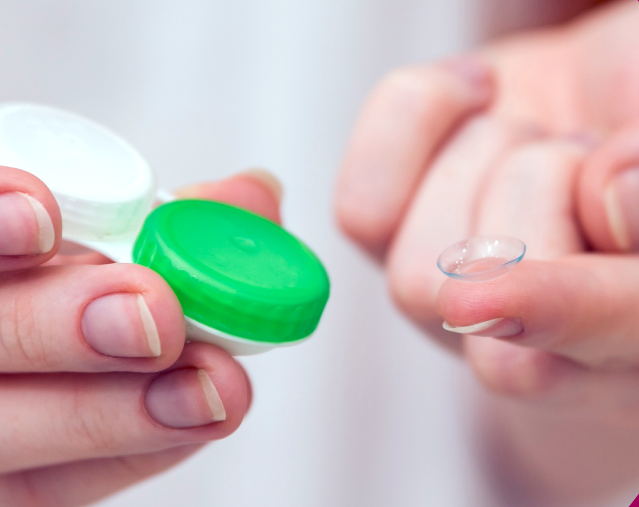
Scleral contact lenses are made of gas-permeable material. They allow oxygen to pass through to your cornea. Scleral lenses are valuable if your corneas are abnormally shaped, as in astigmatism and keratoconus. You can also use scleral lenses after Lasik, a type of surgery to correct refractive errors, or corneal transplants. The space between the scleral lens and the eye is a reservoir that you fill with saline. Scleral lenses are comfortable for people with dry eyes.
Soft contact lenses rest on the cornea. They're soft, and most people find them comfortable to wear. But these contact lenses can be uncomfortable for people with dry eye disease,
The process for putting in scleral lenses is different from that for soft lenses. Your scleral lenses have a reservoir to hold fluid and keep your cornea moist. These steps are needed:
The main benefit of scleral lenses is that they can be designed to accommodate any degree of corneal steepness or irregularity, said Deborah S. Jacobs, MD, at Massachusetts Eye and Ear and Harvard Medical School in Boston. They provide better centration and stability than corneal lenses, and they are more comfortable because the conjunctival tissue on which scleral lenses rest is less sensitive than corneal tissue.
Scleral lenses are valuable for people who can't use other types. But they have a few disadvantages: